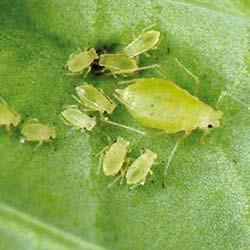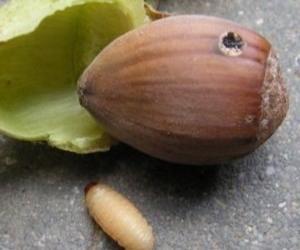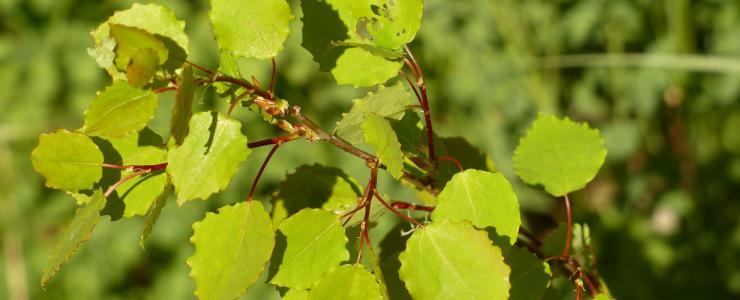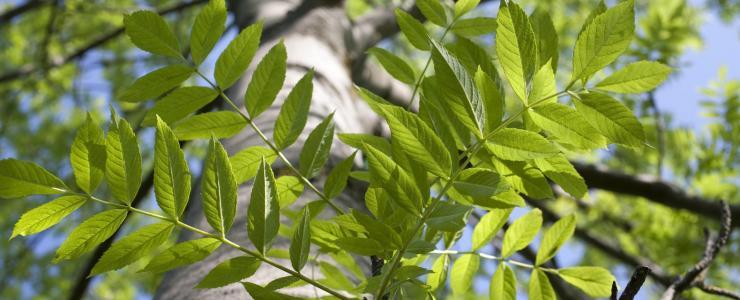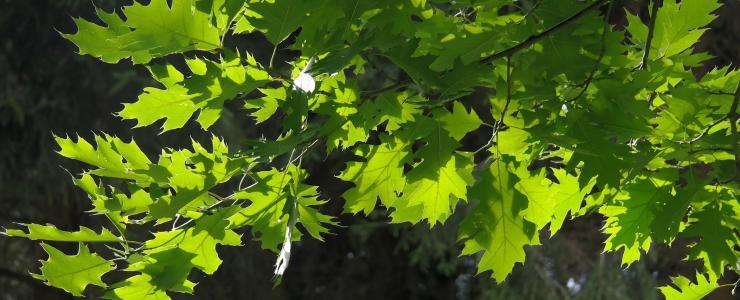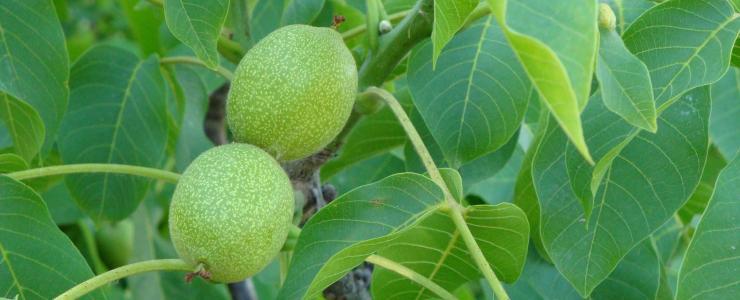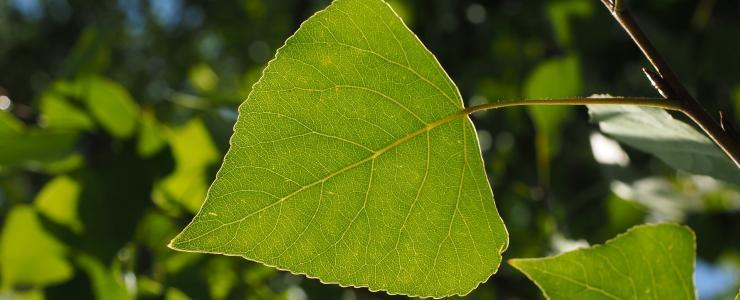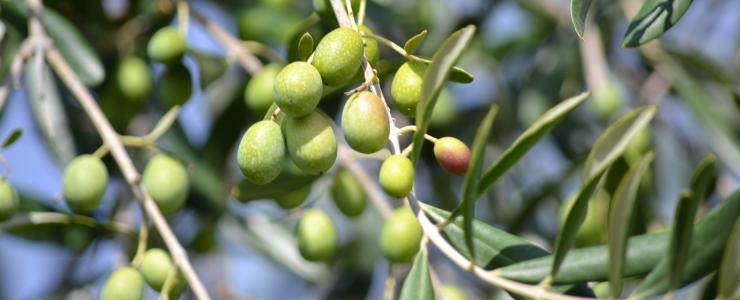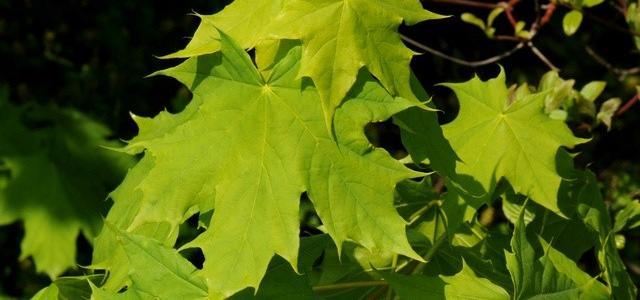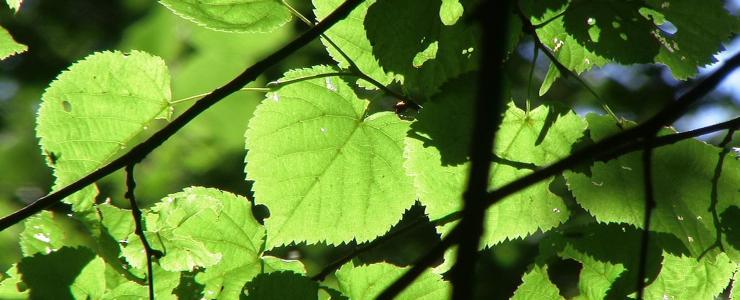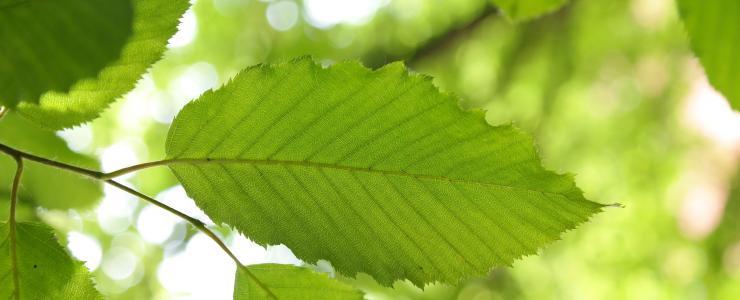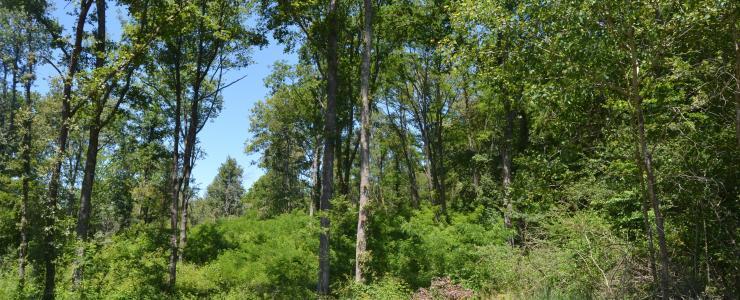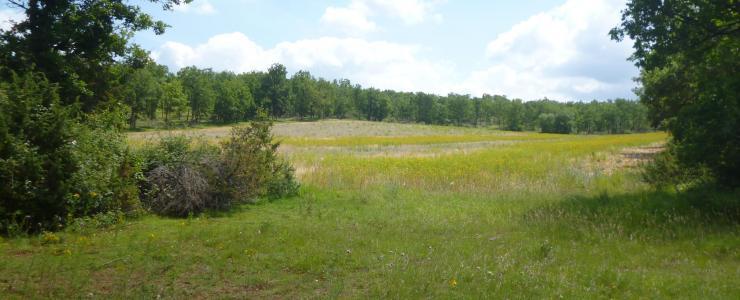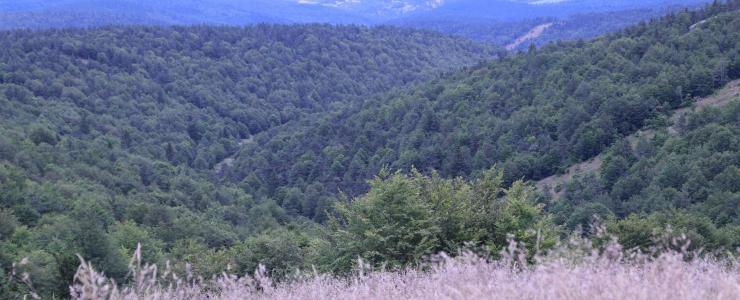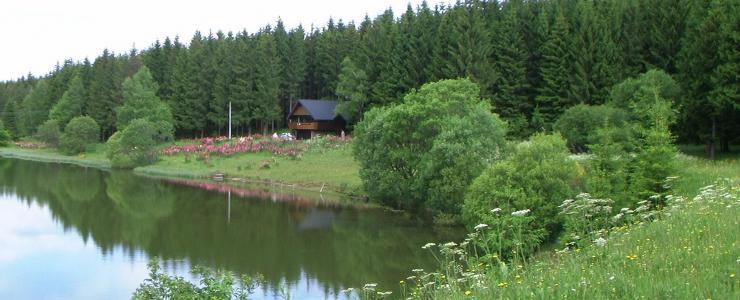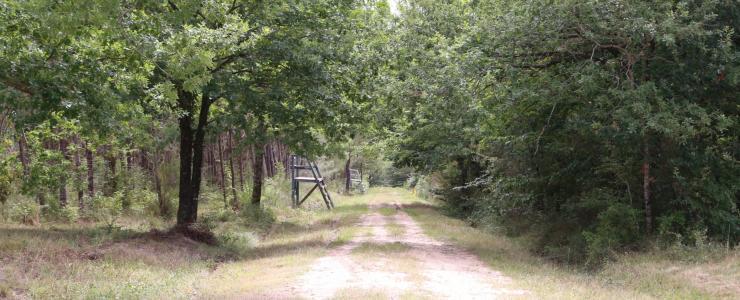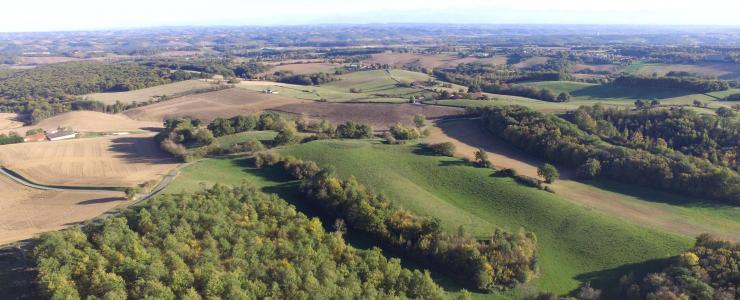Hazel
Recognizing hazel
Hazel is recognized by:
- Its trunks reaching 2-4 meters high.
- Its smooth gray-brown bark.
- Its serrated, hairy, alternate leaves.
- Its catkins that hang down.
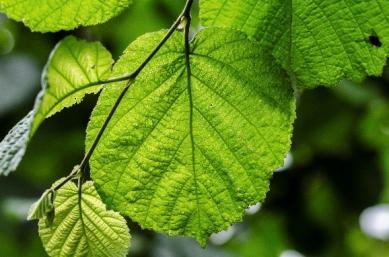
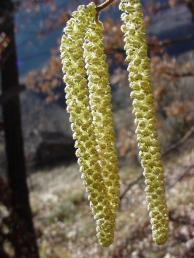
Sites favored by Hazelnut
Temperatures
It likes the semi-shade or full shade. Withstands temperatures ranging from -28°C to +20°C on average.
It is rather adaptable.
Rainfall
Annual average between 600 and 1,000Â mm per year.
Soils
Hazelnut likes soils with an alkaline to slightly acidic pH. It survives on chalk and appreciates cool soils. It also likes well-drained soils. One distinguishing factor: Adapts to most soils.
Root development of the cork oak
- Superficial
Hazel plantation
| Density | Spacing | Benefits and drawbacks |
| 800 plants/ha | 2.5 x 5 m | Hazelnut is a colonizing species so can be found on different soil types and in different types of silviculture. Doesn’t like competition from weeds as it requires a lot of water. |
N.B. Hazelnut is used for its wood but also, in many cases, for its nuts.
It is planted in different systems when grown for its hazelnuts and can be found in a high forest. It is also found in a coppice with standards due to its colonizing character.
Growth and production of Hazel
- Rapid growth.
- From 5 to 6Â meters
Hazel wood
- White heart and indistinct sapwood.
- Easy sawing, quick drying.
- Easy impregnation
- Tender heartwood.
- Excellent wood for fencing and marquetry.
- Also used for pulpwood and firewood.
- Trade name: Hazel
Health

